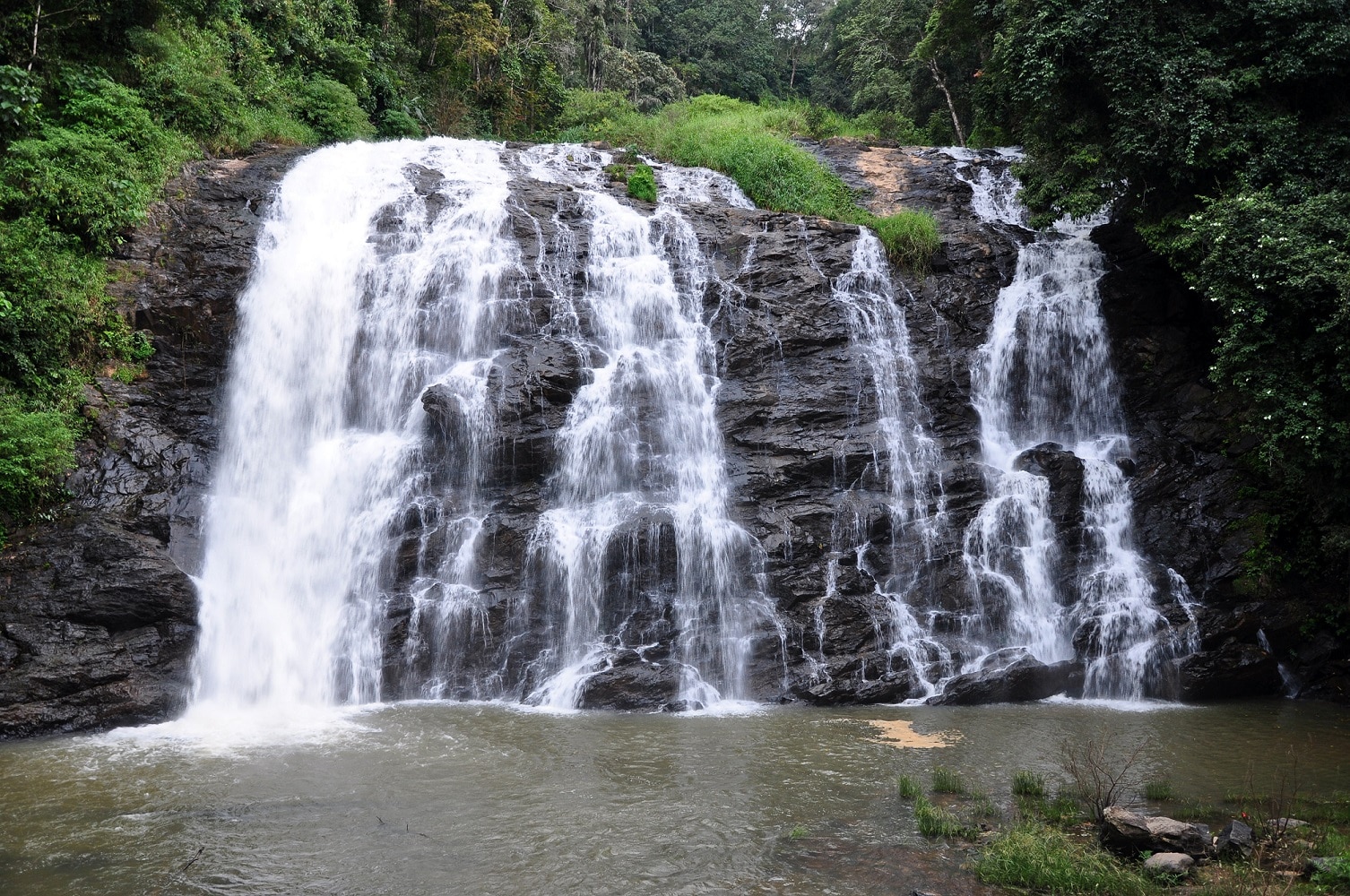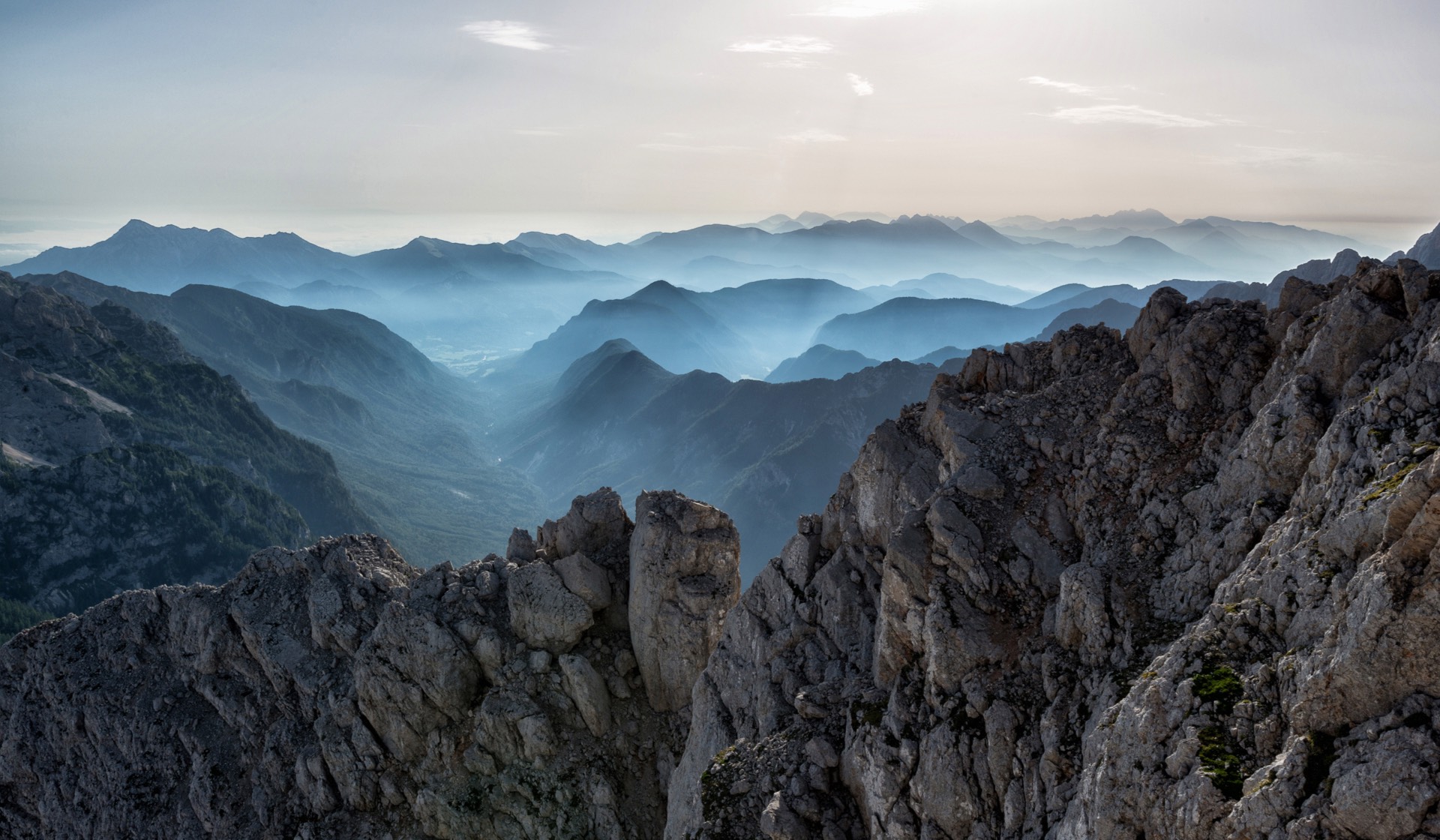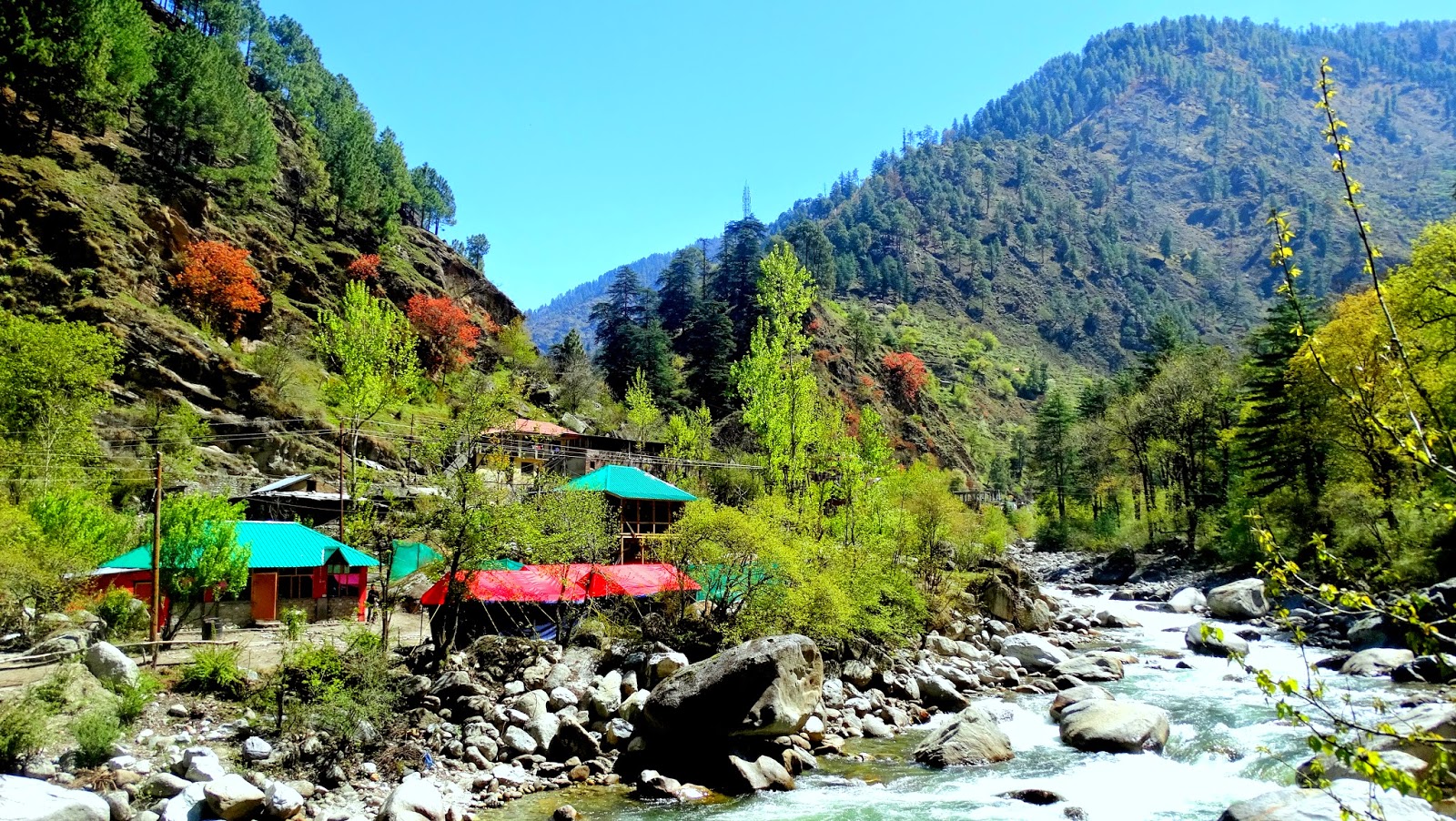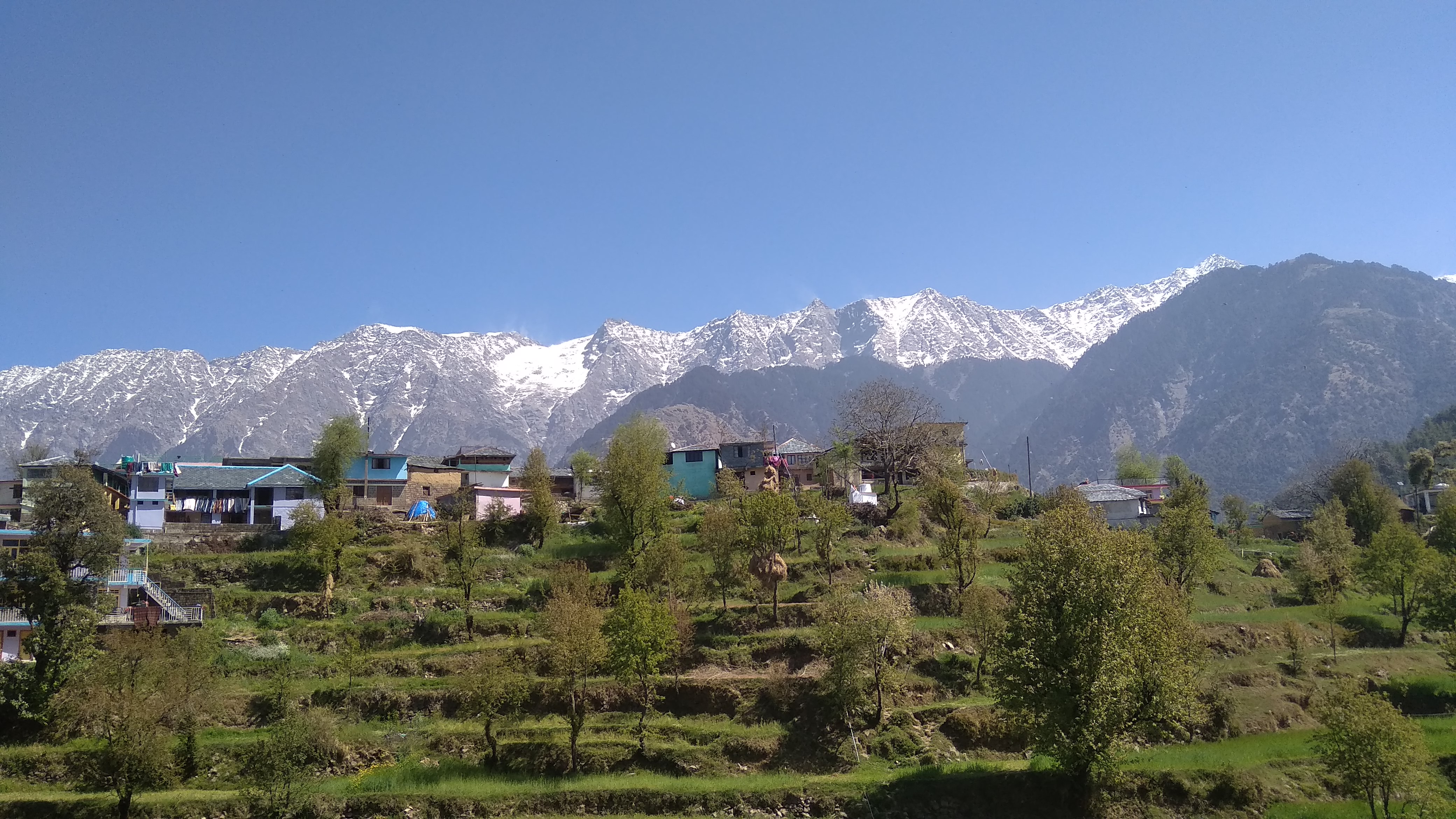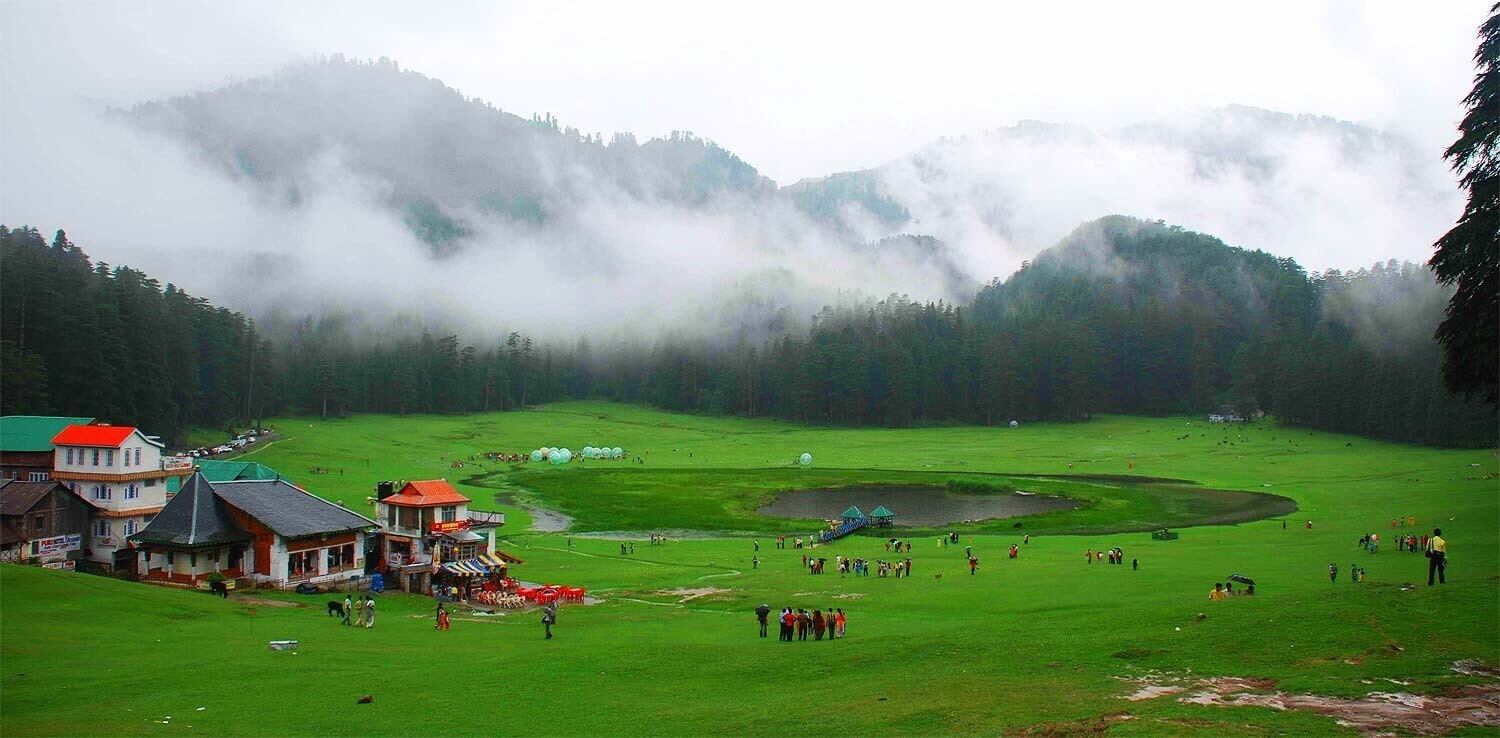Nestled deep in the heart of a lush and picturesque forest, Abbey Waterfalls is a mesmerizing natural wonder that stands as a testament to the beauty and serenity of Mother Nature. Located in the Western Ghats of Karnataka, India, this enchanting cascade is a well-kept secret, away from the hustle and bustle of urban life. Abbey Falls, also known as Abbi Falls, is a serene and captivating place for nature lovers, adventure enthusiasts, and those seeking a peaceful escape from the chaos of daily life. Abbey Waterfalls is a popular waterfall of Karnataka. In this detailed article, we will delve into the full information about Abbey Waterfalls, including its location, history, geological features, flora and fauna, visitor experience, and tips for planning a visit.
Location
Abbey Waterfalls is situated in the Kodagu (Coorg) district of Karnataka, India. Coorg is known as the "Scotland of India" due to its striking resemblance to the Scottish Highlands, characterized by its rolling hills, coffee plantations, dense forests, and abundant water bodies. The falls are specifically located near the town of Madikeri, which serves as the district headquarters of Coorg. To reach Abbey Waterfalls, you'll need to travel approximately 7 kilometers (4.3 miles) from Madikeri. The location's geographical coordinates are approximately 12.4194° N latitude and 75.7382° E longitude.
History
Abbey Waterfalls has been a well-preserved natural attraction for generations. The name "Abbey" is said to have been derived from the name of the British colonial officer, Sir James Michael Dowling, who served in the region during the early 19th century. The story goes that he was so captivated by the beauty of this waterfall that he named it after his daughter, Abbey. While this historical anecdote adds charm to the site, Abbey Falls has its roots in the natural forces that have shaped it over millions of years.
Geological Features
The cascading waters of Abbey Falls flow from the Kaveri River, one of the major rivers of Southern India. The falls are a result of a significant elevation drop as the river descends from the Deccan Plateau to the coastal plains. The water plunges from a height of approximately 21 meters (70 feet) in two separate segments, creating a striking and thunderous spectacle.
The rocks surrounding Abbey Falls are primarily composed of the hard, crystalline Precambrian granite, a common geological feature of the Western Ghats. This granite landscape has been shaped by the forces of weathering and erosion over millions of years, creating a dramatic setting for the waterfall. The waterfall is surrounded by lush greenery and a dense forest, making it an excellent example of the Western Ghats' diverse and rich ecosystem.
Flora and Fauna
The Western Ghats are renowned for their biodiversity, and Abbey Waterfalls is no exception. The lush forests surrounding the falls are home to a wide variety of plant and animal species. The vegetation around the falls includes tropical evergreen and semi-evergreen forests, which are rich in endemic and rare plant species.
Flora
- A diverse range of orchids, ferns, and other epiphytic plants can be found clinging to the trees and rocks surrounding the waterfall.
- Teak, rosewood, and bamboo trees are commonly seen in the area.
- Medicinal plants and herbs used in traditional Ayurvedic medicine are also found in the region.
Fauna
- Birdwatchers will find a paradise here, with species like the Malabar grey hornbill, Nilgiri thrush, and great pied hornbill.
- The forest is home to various mammals, including leopards, Indian giant squirrels, and wild boars.
- You may also encounter reptiles such as snakes and lizards.
Visitor Experience
Abbey Waterfalls offers a serene and enchanting experience for visitors. Here are some key aspects of the visitor experience:
- Spectacular Waterfall: The main attraction is, of course, the waterfall itself. The roaring waters cascading over the rocky cliffs create a mesmerizing sight and a soothing sound that complements the serene surroundings.
- Viewpoints: There are well-maintained viewpoints and platforms where visitors can safely enjoy the view of the falls. The falls can be best appreciated during and after the monsoon season when they are at their fullest.
- Nature Walks: To fully appreciate the beauty of Abbey Waterfalls, take a leisurely walk through the forest. The path is relatively easy, and you'll be surrounded by a canopy of trees and a variety of plants.
- Photography: Nature enthusiasts and photographers will find Abbey Falls to be an excellent location for capturing the beauty of the Western Ghats. The lush greenery, wildlife, and the waterfall itself offer numerous photo opportunities.
- Relaxation: The peaceful ambiance of Abbey Waterfalls makes it a great spot for relaxation. You can sit by the falls, enjoy a picnic, or simply unwind and appreciate the natural beauty that surrounds you.
- Adventure Activities: For those seeking a bit more adventure, nearby attractions offer opportunities for trekking and river rafting. The region's topography is perfect for such activities.
- Local Culture: Coorg is known for its distinct culture and cuisine. While visiting Abbey Waterfalls, you can explore the local culture, try traditional Coorgi dishes, and interact with the warm and friendly locals.
Best Time to Visit
The best time to visit Abbey Waterfalls is during the post-monsoon season, from October to February, when the falls are at their most vigorous. The monsoon season, from June to September, should be avoided as heavy rains can make the area inaccessible and pose safety risks. During the summer months, the falls might have less water flow but are still worth visiting for the lush green surroundings and the pleasant weather.
Tips for Planning a Visit
Before planning a trip to Abbey Waterfalls, here are some important tips to keep in mind:
- Weather and Season: As mentioned, it's best to visit during the post-monsoon season for the most impressive view of the falls.
- Entry Fees: There is an entry fee for visiting Abbey Waterfalls, which helps maintain the site and its surroundings. Be prepared to pay this fee upon arrival.
- Footwear: Wear comfortable and sturdy footwear suitable for walking on uneven terrain.
- Safety: While enjoying the falls, be cautious and follow safety guidelines. The rocks can be slippery, and accidents can occur. Stay within designated safe areas.
- Timing: Plan your visit during daylight hours, as the falls area is not lit in the evenings.
- Local Guides: You might consider hiring a local guide who can provide insights into the flora, fauna, and history of the region.
- Respect Nature: Abbey Waterfalls is a protected natural site, so please respect the environment by not littering, disturbing wildlife, or damaging plants.
- Getting There: If you're not driving, you can hire a taxi or use local transportation to reach the falls.
Conclusion
Abbey Waterfalls, with its natural beauty, lush surroundings, and captivating wildlife, is a hidden gem in the heart of the Western Ghats. A visit to this enchanting cascade offers a memorable experience for nature enthusiasts, adventure seekers, and those looking for a peaceful escape from the daily grind. Nestled in the pristine Coorg region of Karnataka, Abbey Waterfalls is a testament to the awe-inspiring wonders of Mother Nature. It's a place where you can witness the harmony between geology, flora, and fauna, all brought together by the timeless flow of water. Plan your visit to Abbey Waterfalls and immerse yourself in the serenity of this extraordinary natural masterpiece.
